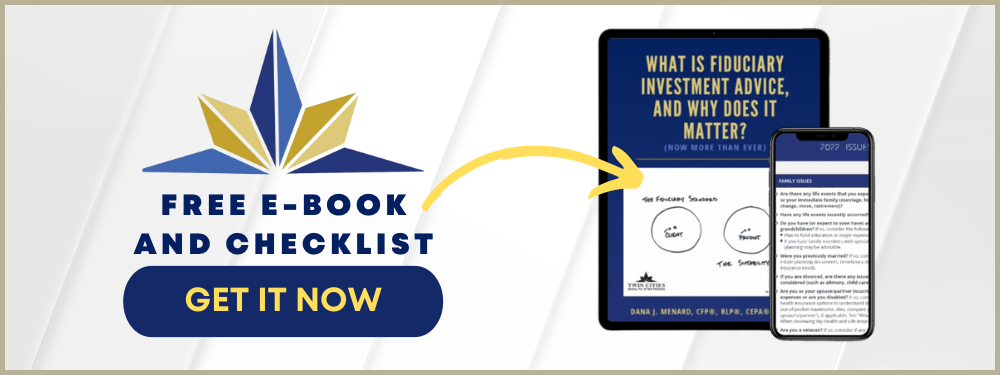When it comes to investing, choosing the most appropriate path for you and your specific needs is rarely clear-cut. Between stocks, bonds, mutual funds, ETFs, and a seemingly endless variety of other types of investments, it can be too difficult for the average investor to make heads or tails of it all.
To further complicate matters, everyone seems to have an opinion on what’s best for you. Your neighbor might remind you of the absolute killing they made on a tech stock last summer, your in-laws don’t trust the stock market at all, or your work colleagues all tend to think they have the Midas touch with their 401(k). If this sounds familiar, perhaps a passive investment strategy might be most appropriate for you.
What Is Passive Investing?
A passive investment strategy takes most of the guesswork out of choosing particular stocks or bonds to drive your portfolio. Given the inherent randomness within the markets, passive investing typically means tracking an entire market index – like the S&P 500, EAFE MSCI, and Russell 2000 – or economic sectors in your investments rather than specific positions.
The Benefits of Passive Investing
By using a passive approach, you cannot only enjoy greater cost efficiencies by minimizing the transaction fees from moving in and out of individual positions but, just as importantly, can take advantage of significantly greater diversification to minimize the impact of your portfolio’s volatility. Of course, such an approach can also be far more convenient and efficient since the leg work involved in choosing individual positions can be both time and resource-consuming.
Passive Strategies Aren’t a Cure-All
For as many benefits as passive strategies can afford the average investor, they are in no way a salve to cure all of your investment concerns. While they can certainly lower the volatility you might experience within your portfolio when the markets get bumpy, they are still susceptible to the many forces that impact the markets – both good and bad.
Likewise, just because you’re buying 500 large-cap stocks – at least in the case of the S&P 500 – doesn’t mean you’re buying 500 good stocks. Passive investing will always include absorbing certain positions that simply underperform, no matter the underlying market conditions. In other words, while a passive strategy can provide an investor greater cost benefits, tax benefits, and convenience, it will still require proper attention to make sure you remain on track toward your financial goals.
Have questions about how a passive portfolio compares to your current portfolio, or need help with your financial plan? We’re here to help! Simply click here or call (763) 445-2772 to schedule a complimentary consultation today!


